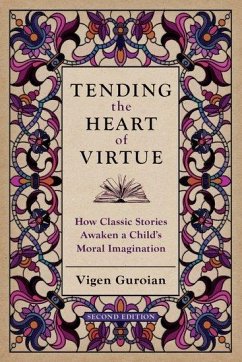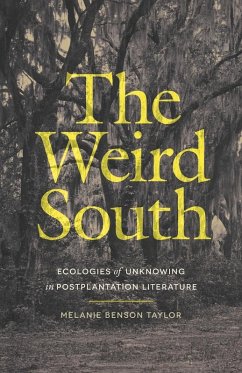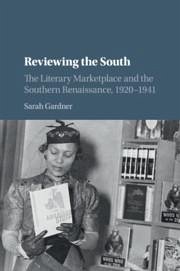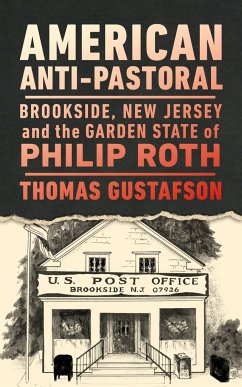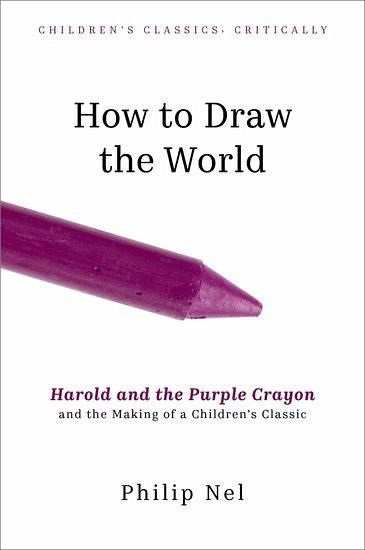
How to Draw the World
Harold and the Purple Crayon and the Making of a Children's Classic
Versandkostenfrei!
Versandfertig in über 4 Wochen
18,99 €
inkl. MwSt.

PAYBACK Punkte
9 °P sammeln!
This is a biography of the book that inspired Prince to adopt purple as his signature color, Pulitzer-Prize-winning author Richard Powers to become a writer, and countless other creative people to become artists. Published 70 years ago, Crockett Johnson's Harold and the Purple Crayon is a small book about big ideas--ideas about childhood, creativity, politics, psychology, art, and reality itself. In thirty brief chapters, this book explores those ideas, illuminates the creative process, and offers a primer on how picture books work.





